Cobblestones
Cobblestones are present in many cities in Europe, particularly in the older parts of town where tourist sites are usually located. Some of them are pretty small and just make the ride a little bumpy, while other cobblestones are uneven enough that a wheelchair will stop after every push.
For these severe cobblestones, you will need to slow down considerably. I can move forward while maintaining a wheelie in my wheelchair, and will sometimes do this to move more quickly over cobblestones. This technique is not recommended after a wine tasting event….trust me!
The bigger your front wheels are the easier you will be able to go over cobblestones, however bigger front wheels can make turning around in tight places difficult. My front wheels are 4” in diameter which is pretty common. Standard hospital-type chairs have 5” wheels, while some wheelchair users prefer 3” front wheels. If you are pushing someone in a wheelchair, it may be easier if you pull them backwards so that the large rear wheels are leading the way.
Cobblestones are very common in cities that were built in medieval times (before 1400) and somewhat common in parts of cities that were built between 1400 and 1900). Cities that were bombed heavily during WWII like London and Berlin have very few cobblestones.
The rating system that I use to describe cobblestone is below.
5 Star Sage Smoothness – Paved, not cobblestones. Common on sidewalks and in modern cities.

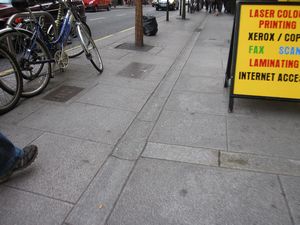
4 Star Sage Smoothness – Small cobblestones. The cobblestones do not take significant additional effort but can cause leg spasms. The gaps between cobblestones are small enough that there is no chance of a front wheel catching an edge and stopping the momentum of the wheelchair. These types of cobblestones are common on sidewalks in modern European cities.
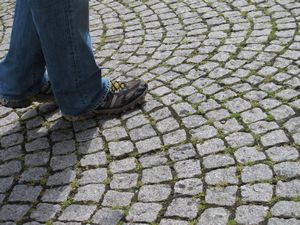
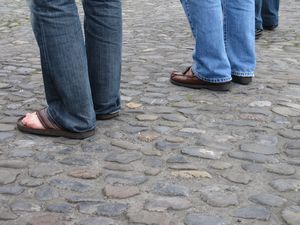

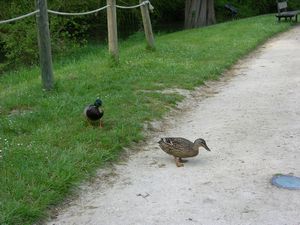

3 Star Sage Smoothness – Medium cobblestones. Cobblestones slow down the wheelchair so that more pushing and more effort are required. It is possible that the front wheels can catch an edge of a cobblestone so the wheelchair user must slow down and must look out for the bigger gaps and height differences between cobblestones. If one of these gaps or height differences is caught by the front wheels, the wheelchair will abruptly stop and can result in the wheelchair user falling out of the wheelchair if they are going too fast. This is particularly true when going downhill when more weight is on the front wheels. These types of cobblestones are common in medieval and renaissance cities. In many of these cities, they are only present in the street and not on the sidewalks.

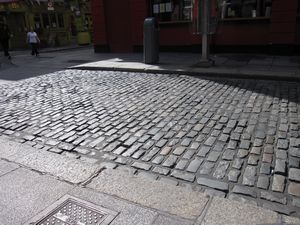
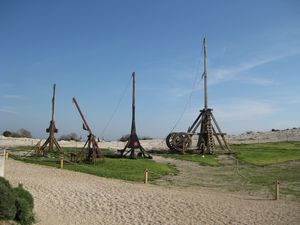
2 Star Sage Smoothness – Severe cobblestones. On these cobblestones, each push of the wheelchair will only propel the wheelchair user as far as the push; the wheelchair will not roll over cobblestones after the push is finished. Wheelchair users can go faster if they can maintain a wheelie or if they are pulled backward and the large back wheels lead the way. These types of cobblestones are common in medieval cities and royal palaces.

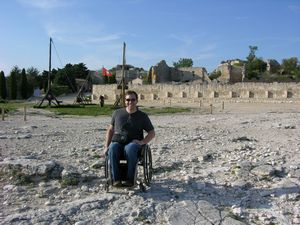
1 Star Sage Smoothness – Large (greater than 6 inch) gaps between cobblestones. Gaps make it impossible for wheelchair users to roll over. These types of cobblestones are common at medieval castle ruins.

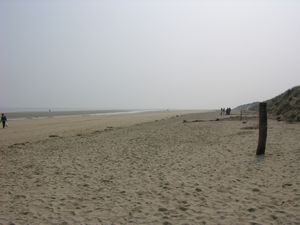
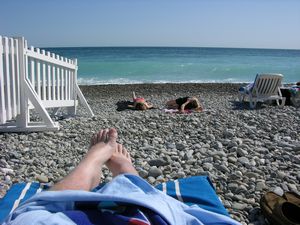
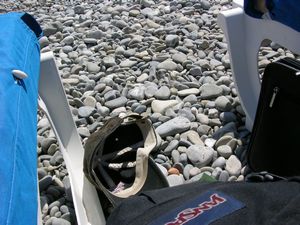
Please email me if you can describe how someone with walking difficulties would handle each of these cobblestone categories.
See accessibility details on the following cities:
| Athens | Istanbul |
| Avignon | London |
| Berlin | Paris |
| Dublin | Rome |
| Edinburgh | Venice |
| Florence |


